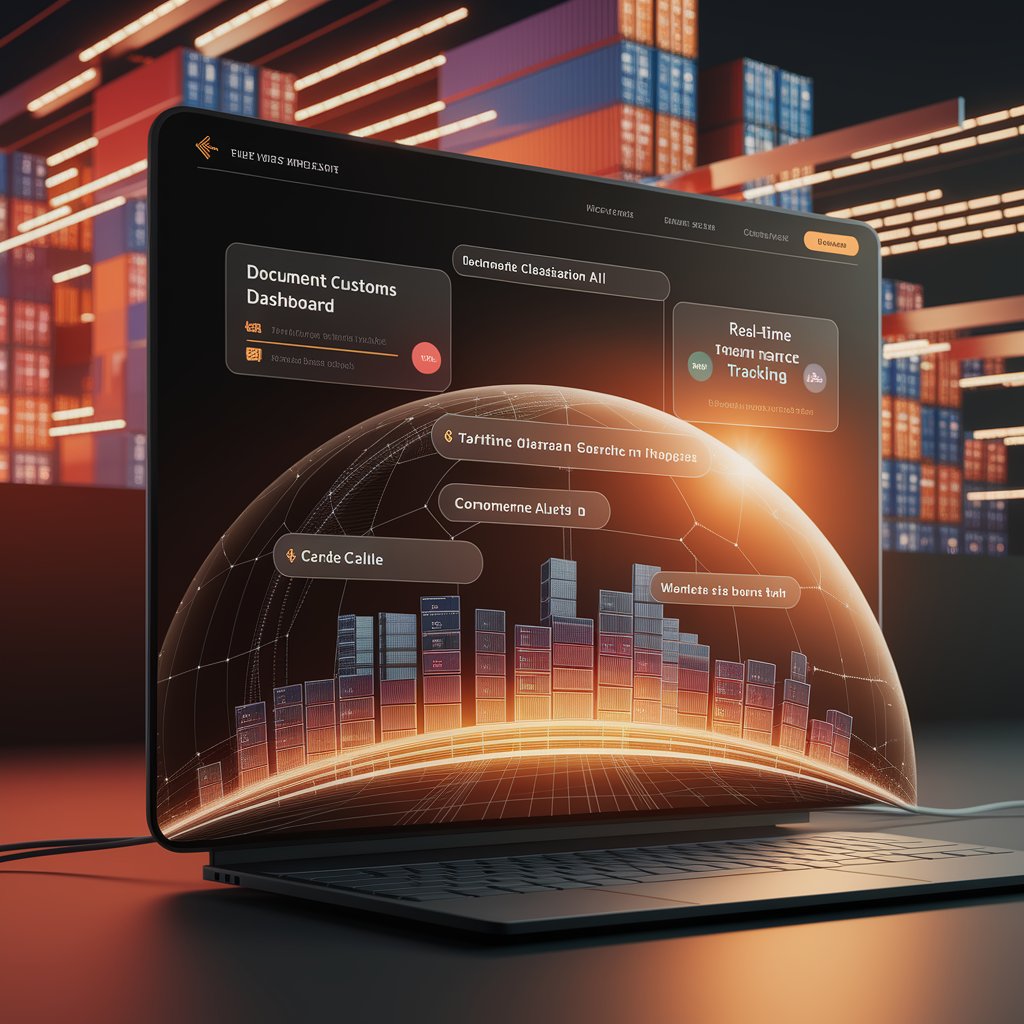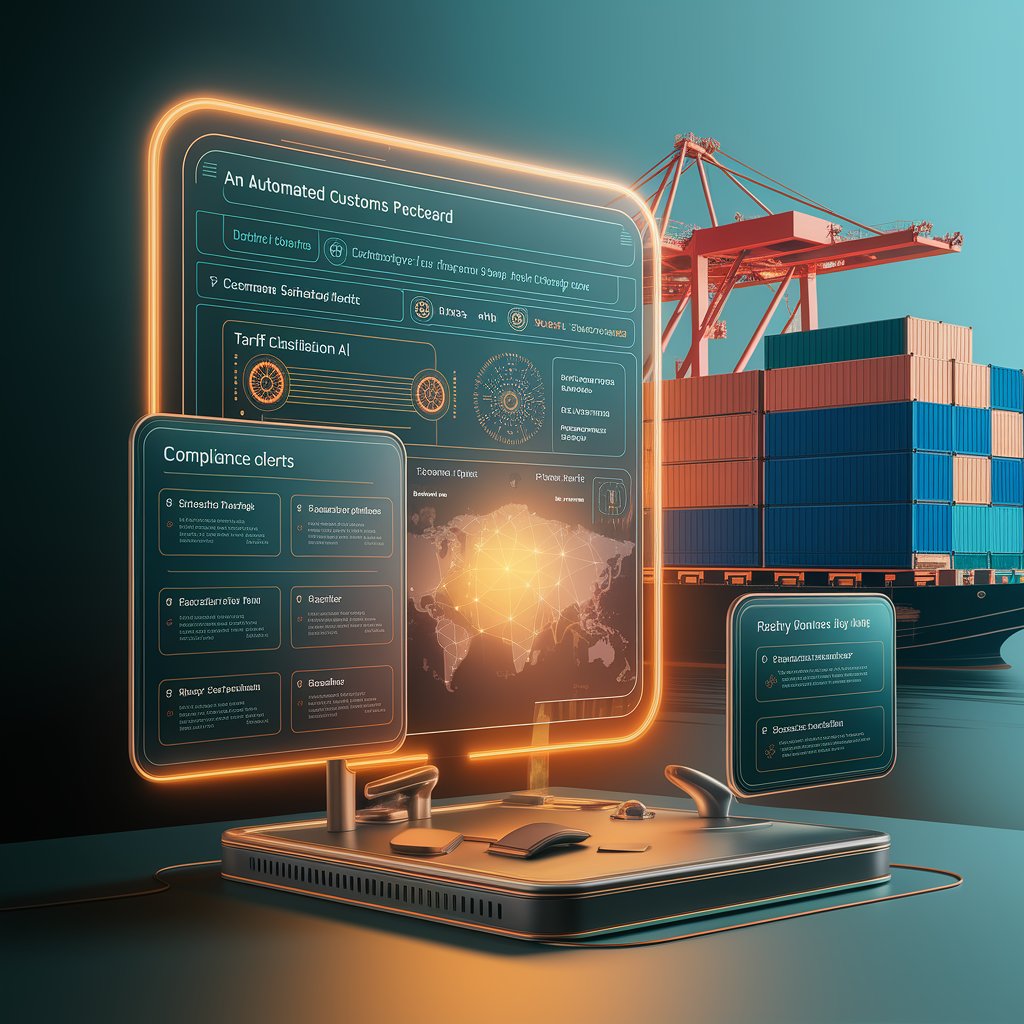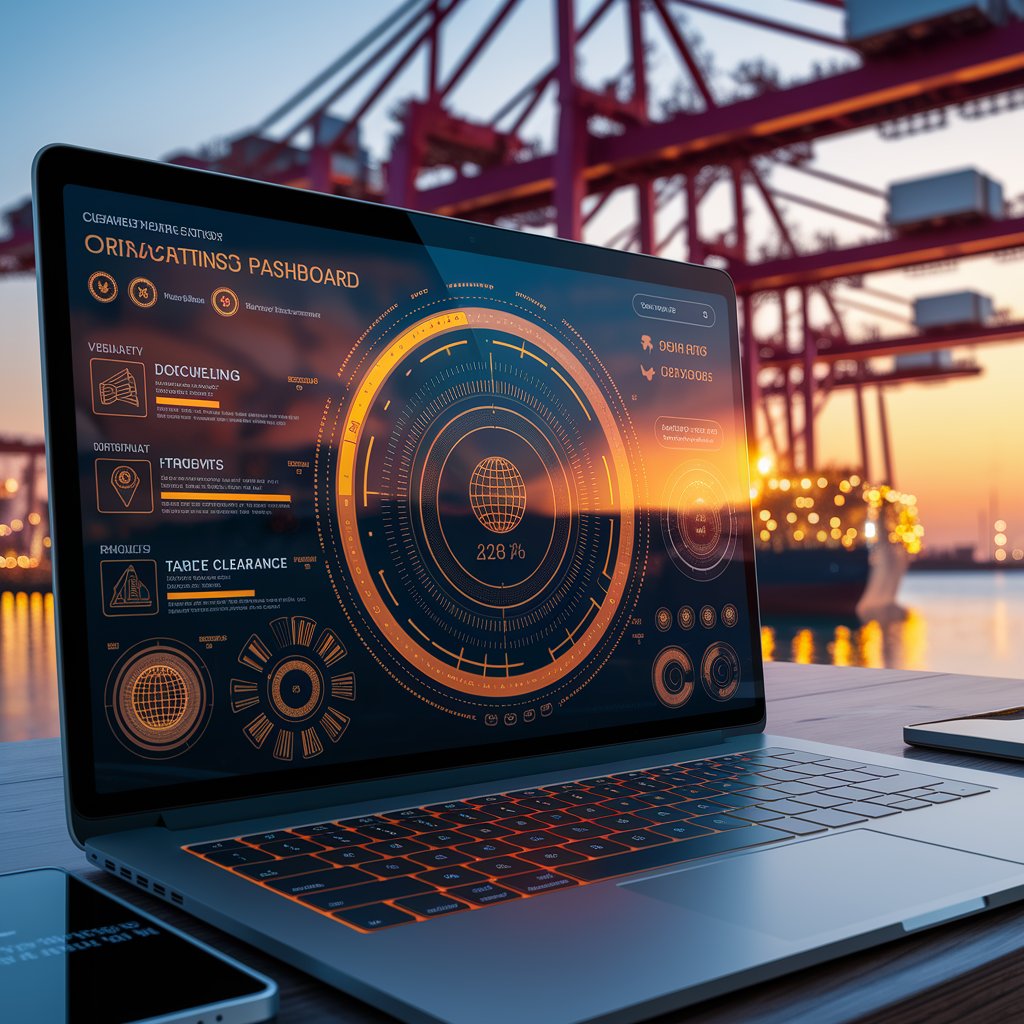Automated Customs Processing: Accelerating Global Trade with Linbis

Introduction
With automated customs processing, Linbis revolutionizes the way companies handle import and export documentation. Using AI, digital workflows, and data integration, Linbis helps logistics teams clear cargo faster, stay compliant, and minimize risk — all without manual intervention.
Step 1: Digital Data Integration
Linbis connects every key component of the customs workflow into one platform:
- TMS and ERP data → shipment details, invoices, and declarations.
- Customs systems → automatic filing with port and border authorities.
- Carrier data → real-time transport milestones and manifests.
- Compliance databases → HS codes, tariffs, and regulatory updates.
This centralization eliminates duplicate entries and reduces the risk of errors.
Step 2: AI Document Automation
Linbis automates the creation and validation of all customs documentation:
- Auto-generates Bills of Lading, commercial invoices, and packing lists.
- Suggests accurate HS codes using machine learning.
- Checks compliance with country-specific regulations.
- Flags missing information before submission.
AI learns from previous filings to improve speed and accuracy continuously.

Step 3: Real-Time Clearance Tracking
The Linbis platform provides full visibility across the clearance process:
- Live status of shipments under review.
- Instant alerts for customs holds or documentation errors.
- Predictive clearance times based on port history.
- Integrated dashboards for import/export operations.
This level of transparency allows logistics providers to manage exceptions proactively and communicate clearly with clients.
Step 4: Automated Decision Workflows
Linbis replaces manual intervention with automated logic:
- If documents validated → File automatically with customs.
- If discrepancy detected → AI generates correction request.
- If clearance completed → Notify operations and trigger delivery.
- If delay predicted → Recommend alternate routing or scheduling.
Every action is timestamped and logged for full audit traceability.
Step 5: Continuous Learning and Optimization
AI engines within Linbis continuously adapt to changing trade rules and patterns:
- Update compliance logic as new regulations appear.
- Learn which routes or ports face frequent inspection delays.
- Suggest process improvements for faster clearance cycles.
- Optimize cost calculations linked to duties and taxes.
This ensures customs workflows remain agile and up to date — even in volatile markets.

Advanced Features
- Multi-country support: Handles import/export filings for global trade zones.
- Digital signature automation: Approve documents without manual paperwork.
- Risk profiling: AI flags high-risk shipments before filing.
- Blockchain-ready integration: Secure, tamper-proof compliance data.
- Sustainability tracking: Link carbon reporting to customs declarations.
Real-World Example 🚛
A freight forwarder in Miami implemented automated customs processing with Linbis. After 4 months:
- Reduced customs clearance time by 42%.
- Achieved 99.5% document accuracy through AI validation.
- Eliminated over 500 manual data entries per week.
This automation not only improved speed but also helped the company expand into new trade lanes without adding staff.

Benefits 📈
- Speed: Drastically reduce customs clearance times.
- Accuracy: AI ensures correct coding and documentation.
- Compliance: Stay ahead of constantly changing regulations.
- Transparency: Real-time visibility across the customs process.
- Scalability: Handle more shipments without increasing workload.
Conclusion
With automated customs processing, Linbis transforms compliance from a bottleneck into a strategic advantage. By automating filings, validating documentation, and integrating predictive analytics, Linbis helps logistics providers move cargo across borders faster and more efficiently than ever before.
The future of customs isn’t paperwork — it’s predictive, automated, and digital, powered by Linbis.
